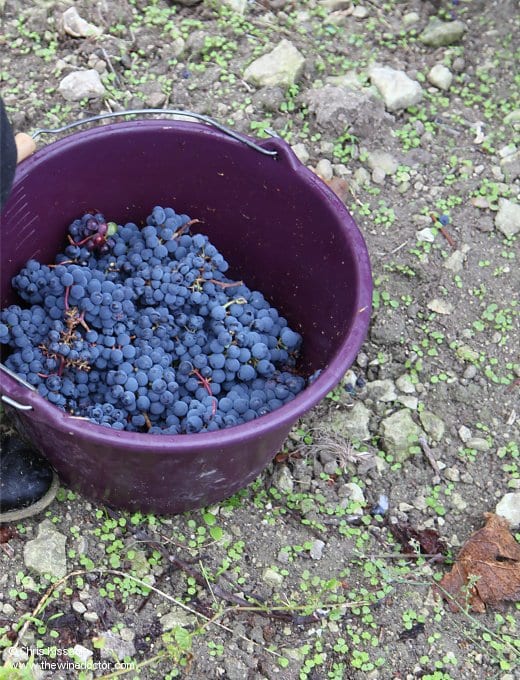The Limestones of L’Anjou Blanc
Having examined the origins and extent of the various schists and other rocks of L’Anjou Noir, we now come to the remaining piece of the Angevin geological jigsaw, L’Anjou Blanc. Here, as the name suggests, we find a landscape of paler rocks, limestones and marls laid down over many millions of years, burying the darker seams of spilite and schist beneath them.
Just as with the famous Oxfordian, Kimmeridgian and Portlandian limestones of the Central Vineyards, the limestones and marls of L’Anjou Blanc are the result of a prolonged period of sedimentation, the region having been underwater for many millions of years.
The major difference between Anjou and the Central Vineyards, however, is that while the three stages mentioned above describe a fairly short stretch of geological time during the latter part of the Jurassic period (at the most 18 million years, although most of the limestone was laid down during the latter 12 million years) the time frame for limestone deposition in Anjou (and Touraine) is both later and longer. It was during the late Cretaceous that the Angevin limestones were laid down, beginning about 100 million years ago (50 million years after the Portlandian) and lasting for perhaps 34 million years. No wonder the limestone beds of Anjou (and Touraine) are so extensive, and so deep.
Origins
The origin of the limestone beds of L’Anjou Blanc is in the late Cretaceous stage known as the Cenomanian (101 to 94 million years ago). This stage is named for Cenomanus, the Gallo-Roman name for Le Mans, which is built upon this deep bed of limestone. During the Cenomanian the sea level was higher than at any other time during the last 600 million years, so it is perhaps not surprising that much of this terrain was underwater. As already described in my introduction to the geology of the Anjou region, the landscape here was one of warm, broad and shallow seas with areas of low-lying land, including the weathered remains of the Hercynian range in western Anjou and the Nantais. During the Cenomanian the seas were home to great plesiosaurs (while the land was roamed by gigantic sauropod dinosaurs) but what contributed to the build up of limestone were the microscopic coccolithophores. There are larger fossils waiting to be found embedded in the limestone though, including the remains of those plesiosaurs, as well as ammonite species such as Acanthoceras rhotomagense, creatures which could grow to a metre across.
Following the Cenomanian came the Turonian (94 to 89 million years ago), a stage of significance to wine drinkers because while the limestone deposited during this time does indeed stretch down into Anjou, it plays a much greater role in the Touraine region, where deep beds of this material underpin some of the Loire Valley’s most renowned appellations, including Vouvray and Chinon. The Turonian stage is named for Turonia, the old Gallo-Roman name for Tours, which sits at the heart of this limestone landscape. When differentiating between the Turonian limestone and the older, deeper Cenomanian layers, the appearance of the ammoniate species Watinoceras devonense is a valuable marker. Again, ammonites ruled the seas (well, apart from the plesiosaurs), and their fossils litter the limestone beds as well as occasionally gracing the labels of the wines.

